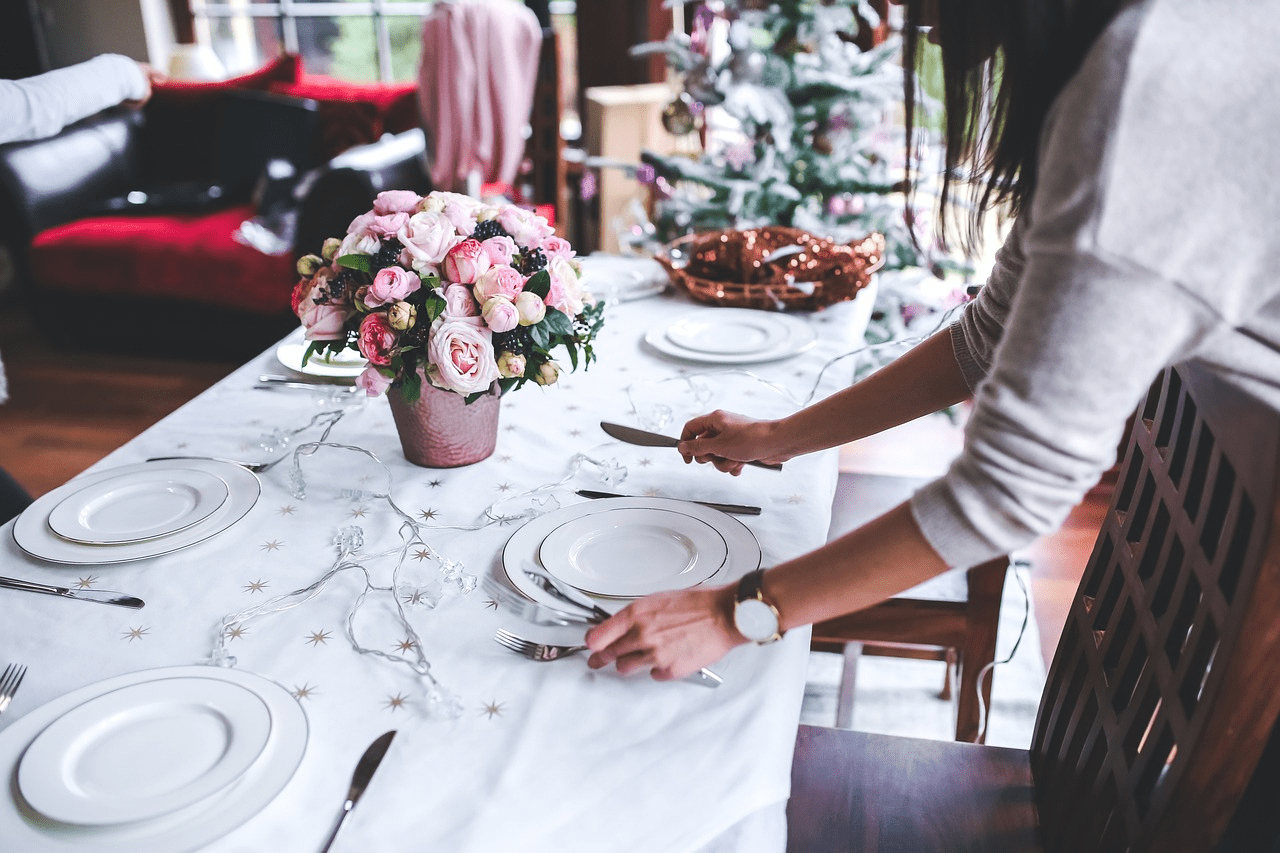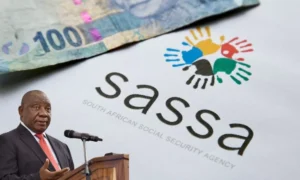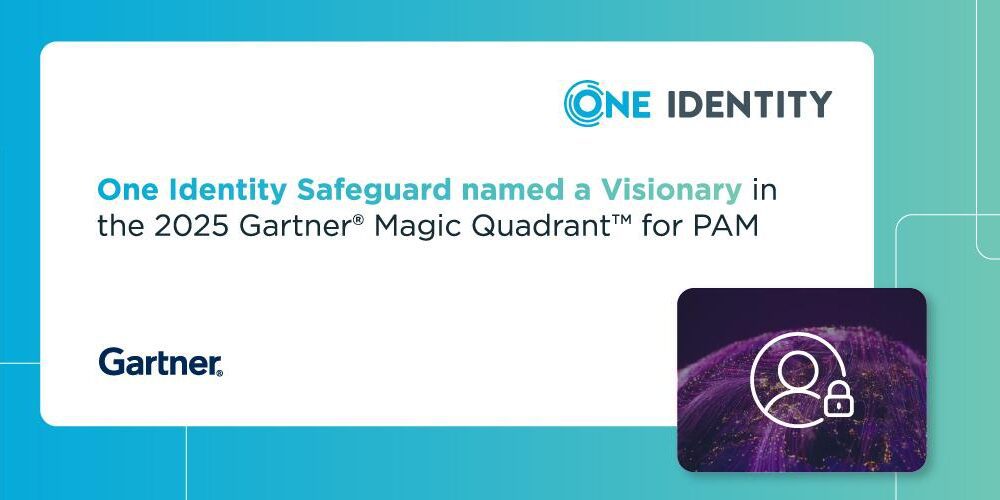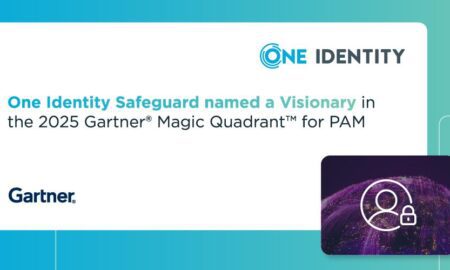When planning an event, the small details often have the largest impact. Whether it’s a corporate gathering, a wedding, or a community festival, effective planning hinges on those finer points that elevate an event from mediocre to memorable.
By focusing on these hidden details, organizers can ensure their events run smoothly and leave a lasting impression on attendees. This article dives into various elements that can enhance an event’s experience for everyone involved.
Creating a Unique Theme
Crafting a strong theme sets the tone for the entire event. This theme should resonate with the event’s purpose and the audience’s expectations. A cohesive theme creates a sense of identity and can simplify decision-making regarding decorations, activities, and even food choices.
Think about elements such as color schemes, signage, and entertainment that reinforce the chosen theme. Every aspect should feel unified, from the invitations to the thank-you notes that follow the event. Imagining a garden party?
Incorporate floral arrangements that reflect nature and create ambient lighting with lanterns. For corporate events, select colors that reflect the brand to enhance visibility and recognition. A strong theme helps attendees engage, creating a memorable experience that ties all details together.
Engaging Activities and Experiences
Activities designed for guest engagement can significantly enhance their event experience. Simply hosting a speaker or presenting awards might not suffice. Incorporate interactive elements like workshops, games, or live demonstrations that allow attendees to participate actively.
At celebratory events, incorporate fun activities where guests can collaborate to create something memorable, like an art piece or a community project. Emphasize opportunities for storytelling, where attendees can share their experiences, contributing to a collaborative atmosphere.
Guests truly appreciate activities that make them feel involved. Use confetti canons for a gender reveal or slice a cake to mark memorable moments. The more engaged attendees feel, the stronger their memories of the event.
To maximize participation, design activities with varying levels of social energy, such as a quiet photo booth for introverts alongside a high-energy dance-off for extroverts, ensuring everyone can engage in a way that feels comfortable.
Leveraging technology can deepen immersion using live polling for instant audience feedback during a presentation or an interactive digital mural that guests can contribute to via their smartphones.
Attention to Signage
Clear signage plays a role in navigating any event. Attendees usually appreciate helpful directions to find important areas like restrooms, information desks, and stages. Quality signage should be visible and easily understandable, employing bold font choices and clear graphics. Use different languages or symbols to cater to multicultural audiences.
Event organizers should think about interactive signage. Digital displays or informational kiosks can provide attendees with real-time updates and engage them with the theme.
To surprise and delight, include fun facts or quotes related to the event theme on strategically placed signs. This small touch often encourages attendees to share their experiences on social media, amplifying the event’s outreach.
Comfortable Seating Arrangements
While it’s easy to overlook, comfortable seating arrangements significantly affect attendees’ experience. An awkwardly arranged seating plan can lead to strained interactions and discomfort, undermining the event’s goals.
Aim for a layout that fosters social interaction, encouraging collaboration and conversation among guests. Think about the purpose of the event when planning seating. For informal gatherings, lounge seating with small tables may create a relaxed environment.
In contrast, formal events may benefit from traditional round tables where everyone feels included. Be open to varying seating height, such as mixing bar stools with traditional chairs to create visual interest. Don’t forget about disability accessibility, which ensures everyone can comfortably participate.
Culinary Experience and Refreshments
Food and beverages at an event leave a lasting impression, making it critical to fine-tune this aspect well. Providing thoughtfully curated culinary options can elevate the perceived quality of your event. Choose caterers who prioritize seasonal, local ingredients for dishes that excite the palate while respecting dietary restrictions.
Offer diverse choices, from appetizers to desserts. Interactive food stations, like build-your-own taco bars or dessert tables, draw guests in and foster camaraderie. Don’t underestimate the impact of presentation, either.
Beautiful plating and attractive displays serve to satisfy hunger and to delight the senses, setting the tone for the occasion. Remember to complement the menu with carefully selected beverages to create a well-rounded culinary experience.
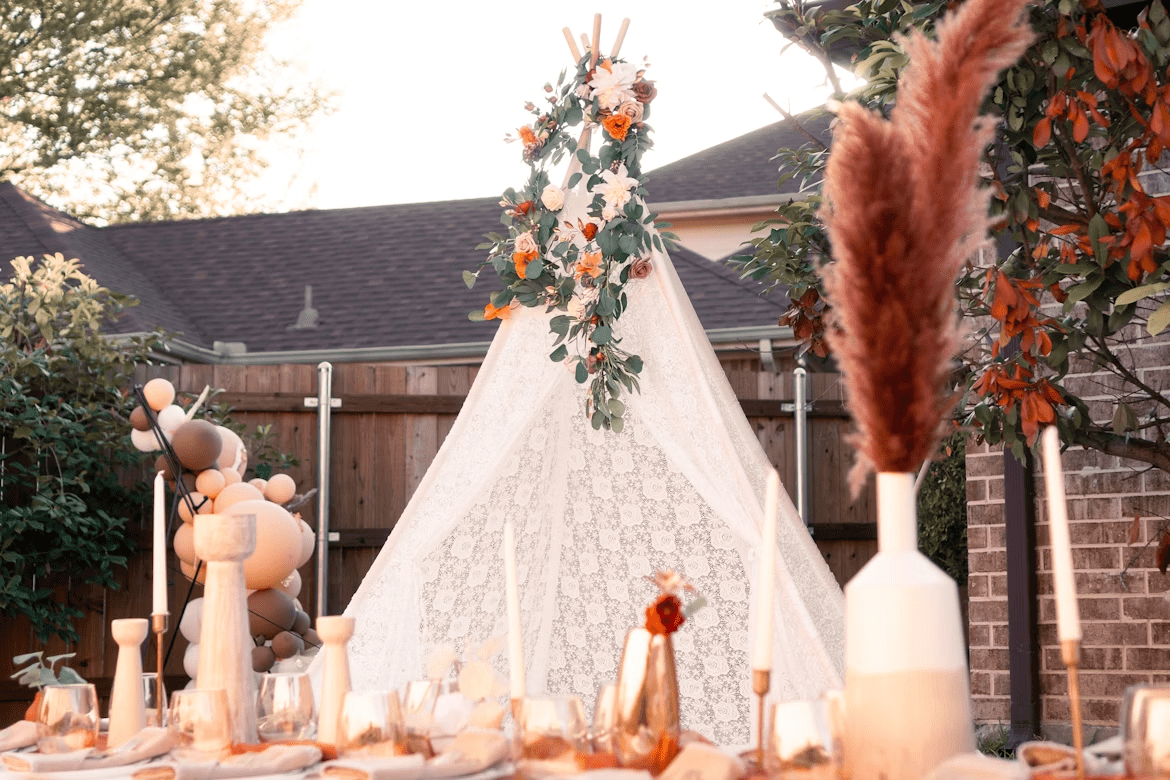
Effective Follow-Up Post-Event
After the event concludes, conveying gratitude is important for building lasting connections. Sending thank-you notes to attendees, speakers, or sponsors demonstrates appreciation for their participation and feedback.
Utilize post-event surveys to gather valuable insights that will guide future planning efforts. Incorporating live social media feeds during the event makes it easier to capture moments, which can then be shared in follow-up materials.
This creates a sense of community and reinforces recollections of the event. Compile a highlights video or photo album that showcases the best moments.
Personal touches, such as handwritten notes, engage guests even after the event has ended. The meticulous attention to these hidden details transforms any event from ordinary to extraordinary.
By effectively implementing themes, enhancing attendee engagement through clear signage and activities, providing comfortable environments, offering memorable culinary experiences, and ensuring thoughtful post-event follow-ups, organizers can create events that resonate long after they conclude.

